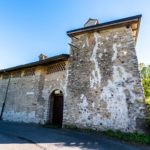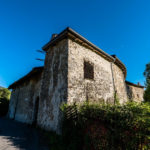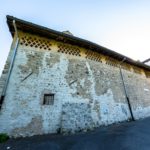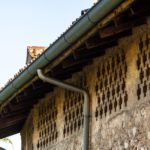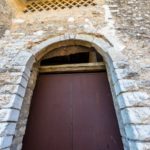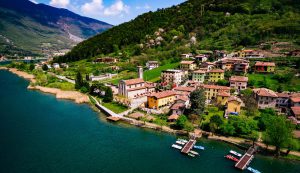A dwelling place of the spirit for the lively life of Abbess Gisella.
Having a daughter nun in the Middle Ages was a matter of status. Supporting a monastery or even founding one was an investment for eternity in every sense. Thus, the only convent in Val Cavallina dedicated to San Pietro had to be for the nobles of the area, such as the Terzi and De’ Bullis, who represented the lineage and prestige of the family. From the chronicles, the nuns who later became abbesses emerge as real women of power at the centre of a lively microcosm.
One of them is Abbess Gisella, who in the 14th century provided food for the spirit and body of the convent: alongside prayer and recollection, her nuns were busy with a myriad of daily activities, as revealed by both the chronicles and the structure of the fascinating monastery that stands on a hill near Borgo di Terzo. A veritable microcosm set in the heart of the Val Cavallina.
Barns, granaries, storerooms, cellars, land, and an area dedicated to flowers and plants offer indications of the life that the nuns led here, who can be imagined praying as they slide the rosary beads between their fingers under the porticoes of the loggia of this monastery.
What is perhaps unimagined, however, is the nuns’ relations with the territory: cultivation of cereals, wine, trade, rented land, and relations with local families… Furthermore, even the convent was a constant ferment of activity between the church, the convent building, and the rustic buildings. It was a veritable complex of buildings entrenched on the hill, whose existence is documented as early as 1122, and whose relations with the entire valley were intense.
Not everything, however, has survived the centuries: the Romanesque church of the convent mentioned in the documents has disappeared, as has the original building, replaced in the 16th century by the present one, but the quiet of the place preserves a history of profound spirituality that coexists with the lively days of the nuns, true rural entrepreneurs of the Middle Ages.

